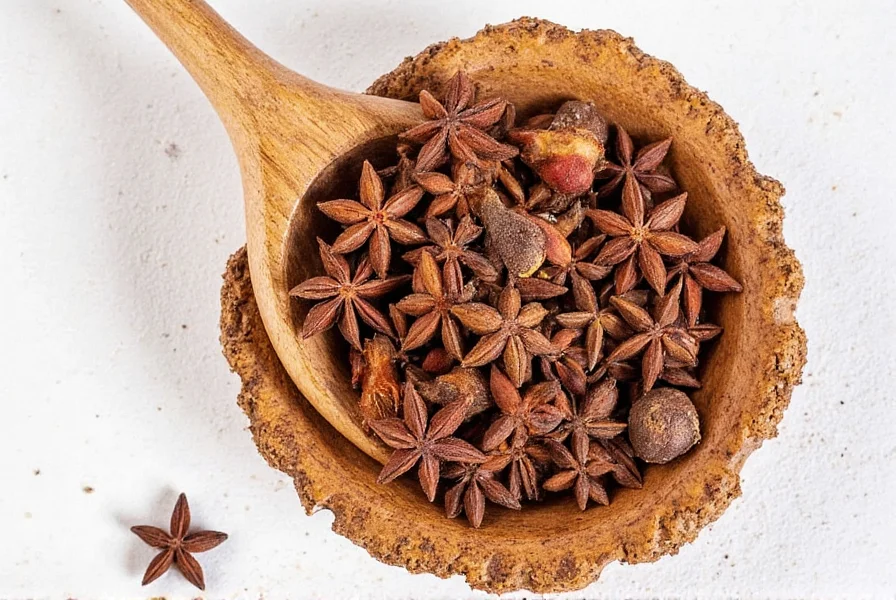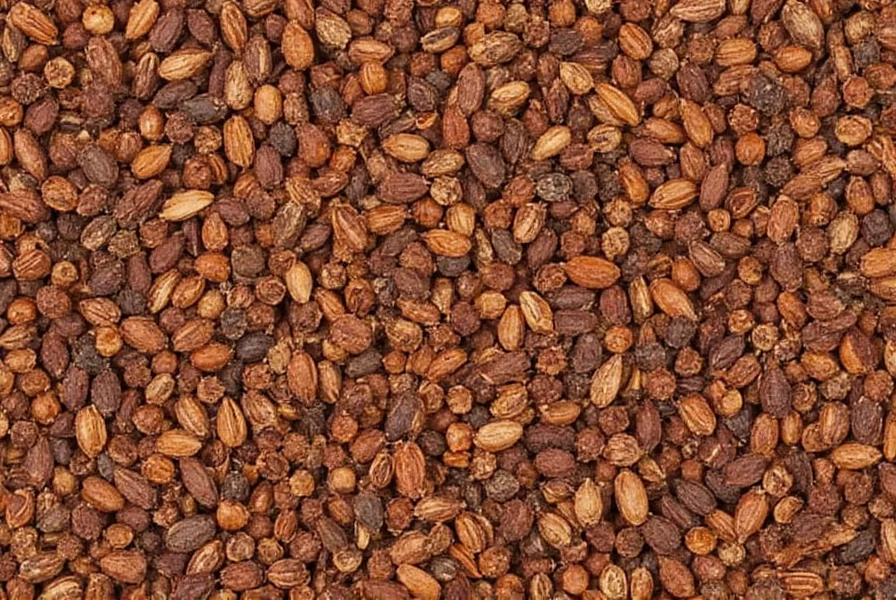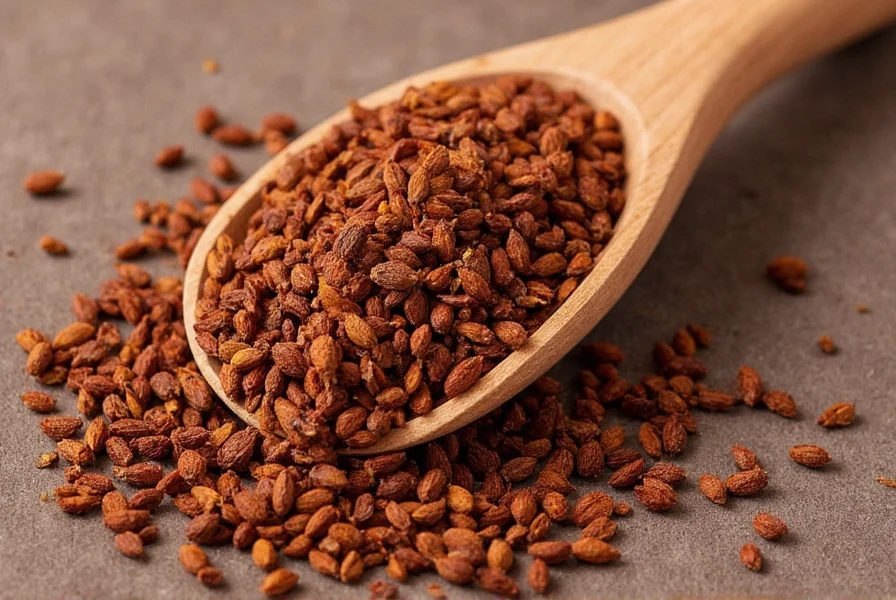Many home cooks mistakenly search for allspice ingredients thinking they need to combine multiple spices. This common confusion stems from the spice's name and its remarkably complex flavor that evokes several warm spices simultaneously. Understanding what allspice actually is prevents unnecessary experimentation in your spice cabinet.
Why Allspice Isn't Actually a Blend
The term "allspice" originated in 17th century England when British explorers discovered this Caribbean spice. They noted its flavor contained elements reminiscent of several familiar spices, leading them to call it "allspice"—meaning it tasted like all the spices combined. This historical naming convention created lasting confusion about what is allspice made of.
Botanically known as Pimenta dioica, allspice comes exclusively from the dried berries of this specific myrtle family tree. When harvested green and sun-dried, these berries transform from green to reddish-brown and finally to a deep brown, developing their characteristic aroma during the process. The whole berries, often called "pimenta," contain volatile oils including eugenol (also found in cloves), which contributes to its complex flavor profile.

The Science Behind Allspice's Complex Flavor
Allspice's unique composition explains why people search for allspice ingredients list expecting multiple components. The berry contains several aromatic compounds that individually resemble other spices:
| Compound | Percentage in Allspice | Resembles |
|---|---|---|
| Eugenol | 60-90% | Cloves |
| Caryophyllene | 10-25% | Black pepper |
| Terpenes | 5-15% | Cinnamon |
| Other compounds | 2-8% | Nutmeg/mace |
This natural chemical composition creates the illusion of multiple spices in one, but commercially sold allspice contains only ground Pimenta dioica berries—nothing else. When examining Jamaican allspice ingredients, you'll find the same single-ingredient composition, though Jamaican allspice is often considered the highest quality due to ideal growing conditions.
Culinary Applications of Pure Allspice
Chefs worldwide value allspice for its versatility across sweet and savory dishes. In Caribbean cuisine, it's essential in jerk seasoning and pickling blends. Middle Eastern cooking uses it in meat rubs and rice dishes, while European bakers incorporate it into fruitcakes, gingerbread, and mulled wines.
When a recipe calls for allspice, using the genuine single-ingredient spice yields the most authentic results. Many cooks make the mistake of trying to recreate allspice by mixing cinnamon, nutmeg, and cloves—a practice that produces inconsistent results. Understanding that allspice vs mixed spice represents fundamentally different products prevents this common kitchen error.
Proper Storage for Maximum Flavor
To preserve allspice's complex flavor compounds, store it properly:
- Keep whole berries in airtight containers away from light and heat
- Ground allspice loses potency faster—use within 6 months for best flavor
- Freeze whole berries for long-term storage (up to 2 years)
- Never store spices above the stove or near other heat sources

When You Might Need Allspice Substitutes
Though authentic allspice contains only one ingredient, there are situations where substitutions become necessary. If you've run out of allspice or need to accommodate dietary restrictions, consider these alternatives:
The closest approximation for allspice substitute ingredients combines:
- ½ teaspoon cinnamon
- ¼ teaspoon nutmeg
- ¼ teaspoon cloves
This blend mimics allspice's flavor profile but won't replicate it exactly. For specific dishes:
- Pickling recipes: Use equal parts cinnamon and cloves
- Baking applications: Increase cinnamon proportion slightly
- Meat rubs: Add a pinch of black pepper to the blend
Identifying Quality Allspice
When purchasing allspice, look for these quality indicators:
- Deep reddish-brown color (not too dark or too light)
- Strong, sweet aroma when crushed
- Whole berries that feel heavy for their size
- Packaged with a recent harvest or grind date
Be wary of products labeled as "allspice" that list multiple ingredients—that's actually mixed spice or pumpkin pie spice, not authentic allspice. True natural ingredients in allspice consist solely of Pimenta dioica berries.
Common Misconceptions Clarified
Several persistent myths surround allspice that deserve clarification:
- Misconception: Allspice contains cinnamon, nutmeg, and cloves
Fact: It's a single spice whose flavor merely resembles these spices - Misconception: Allspice and mixed spice are the same
Fact: Mixed spice is a British blend containing multiple spices, while allspice is singular - Misconception: You can make allspice at home by mixing other spices
Fact: You can create a substitute, but it won't be authentic allspice











 浙公网安备
33010002000092号
浙公网安备
33010002000092号 浙B2-20120091-4
浙B2-20120091-4